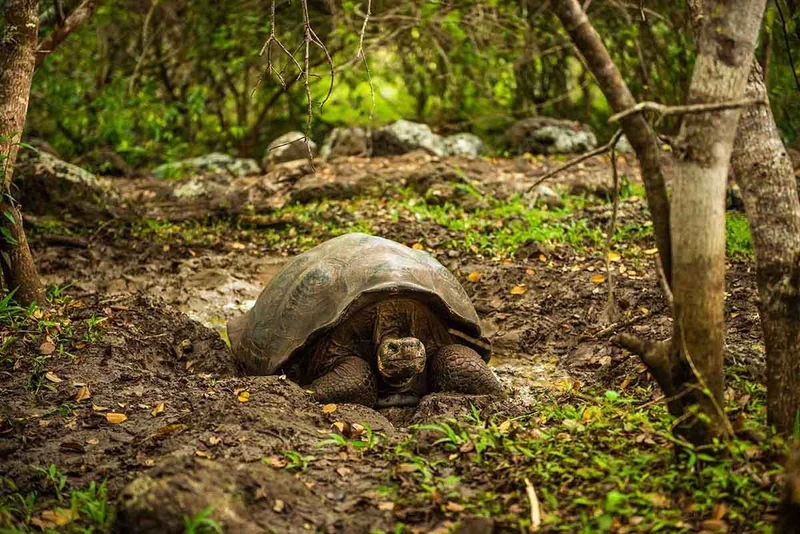
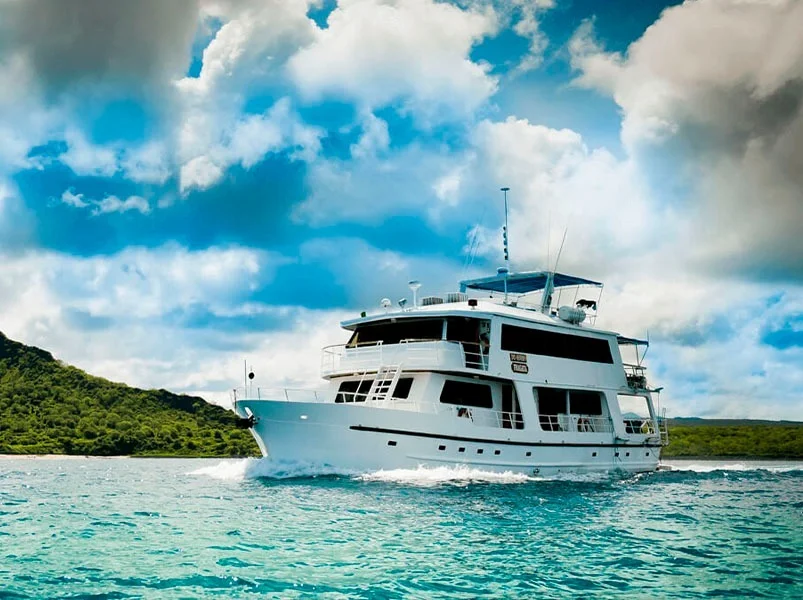
Explore the Galapagos Islands with this immersive 5-day itinerary! Visit Mosquera Islet, Isabela Island, and Santiago Island for incredible wildlife encounters and breathtaking landscapes. Snorkel alongside penguins, walk among marine iguanas, and learn about giant tortoise conservation at the Charles Darwin Research Station.
5 Day Galapagos Itinerary
Day 1: Baltra Airport & Mosquera Islet
This island was a strategic point during the Second World War. It is the main airport for the Galapagos Islands where tourists and colonists arrive and depart. At the Arrival at Baltra Airport, our naturalist English speaking guide will assists you. Transfer to the yacht. Welcome and briefing.
Mosquera Islet
After lunch, disembarkation at Mosquera Island (wet landing) located between North Seymour and Baltra. The island consists is a long narrow stretch of white sand, rocks, and tide pools. Created by Geological uplift the island has a flat look to it rather than the conical shape of the volcanically formed islands. It is a great place for snorkeling, strolling on the beach, and enjoying the animal life without the tourist crowds common at many of the more popular islands. This islet is actually home to a huge population of sea lions and is also home to many shorebirds.
Briefing and dinner on board.
Day 2: Isabela Island: Vicente Roca Point & Fernandina Island: Espinoza Point
Isabela Island: Vicente Roca Point
After breakfast, panga ride visit to Vicente Roca Point. Comprised of two separate coves, this site is a large bay with spectacular sea life, observing seahorses, sea turtles, rays, puffer fish, the strange yet fascinating Mola-mola (or sunfish), we see also penguins, blue-footed boobies and nazca boobies. Lunch on board.
Fernandina Island: Espinoza Point
In the afternoon disembarkation (dry landing). Walk (600m. round trip, 1½h, flat, sandy and rocky path) to see lava flows, a colony of marine iguanas (nesting time: January to June), penguins, pelicans and colonies of cormorants, lava cactus. Time for snorkeling. Briefing and dinner on board.
Day 3: Isabela Island: Urbina Bay & Tagus Cove
Urbina Bay
After breakfast, disembarkation at Urbina Bay (wet landing), located in the west of Isabela Island, at the food of the Alcedo volcano. Walk on a sandy and rocky defined path (1 km. round trip. 2h, flat), observing calcareous organisms (shells, corals) exposed above water. In this area we see a large colony of land iguanas, Darwin’s finches, giant tortoises (between June – September) and flightless cormorants. After the hike, time for snorkeling along the shoreline where guests may observe penguins and flightless cormorants.
Tagus Cove
After lunch visit to Tagus Cove that was a port where whaling ships arrived and left their ships’ names in a cave in 1800. In the high part is the Darwin Lake, a round salt water crater. Disembark (dry landing). Walk begins from the shore by a wooden stairway that rises to the dusty trail passing through Palo Santo Forest to reach the Darwin Lake. Continue on the trail around the lake through the dry vegetation zone. Panoramic views to the Darwin and Wolf volcanoes. (2kms round trip, 2h / starts at 0m, ascending to 50mts). Later, panga ride through the cliffs to observe the historical graffiti, penguins, flightless cormorants, boobies, pelicans and Sally Lightfoot crabs. Snorkeling time in the cove. Briefing and dinner on board.
Day 4: Santiago Island: Egas Port & Sombrero Chino
Egas Port
Breakfast. The visit to Puerto Egas begins with a wet landing on the dark sand beach of James Bay. Walk along a rocky trail to the salt crater (1.7km. round trip, 1½ h, start at 0m, ascend 30m), observing Darwin Finches, the endemic Galapagos hawks, marine iguanas, sally light root crabs and fur seals and sea lions. Time for swimming and snorkeling.
Sombrero Chino
After lunch, disembark (wet landing) for a short walk of 200m. (30mins. round trip, flat and rocky), observing lava tunnels, lava cactus, Galápagos Sesuvium. Time to swim and snorkel. Return to the yacht. Dinner and briefing for next day.
Day 5: Santa Cruz Island: Charles Darwin Research Station & Transfer out
After breakfast, walk for about 20 minutes to the Charles Darwin Station, to observe the Galapagos giant turtles breading. T he Darwin Station is part of the Charles Darwin Foundation for the Galápagos Islands, an international non-profit organization dedicated to scientific research in the Galápagos Islands since 1959. After this visit transfer to Baltra Airport by bus for your return flight to Guayaquil.
This is the end of the trip.
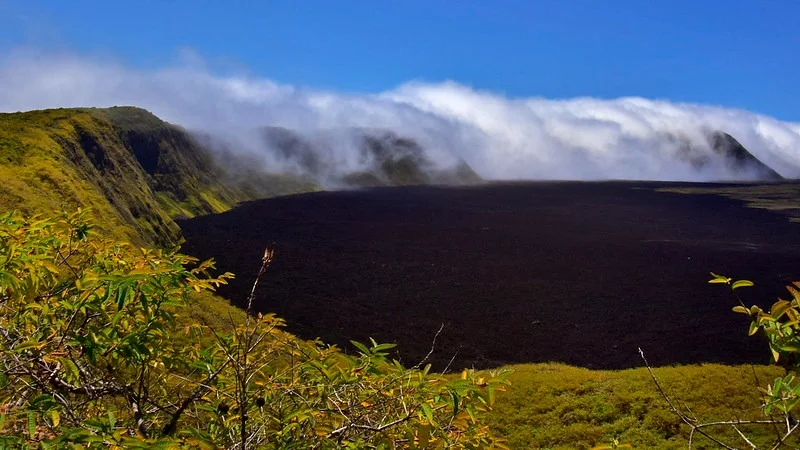




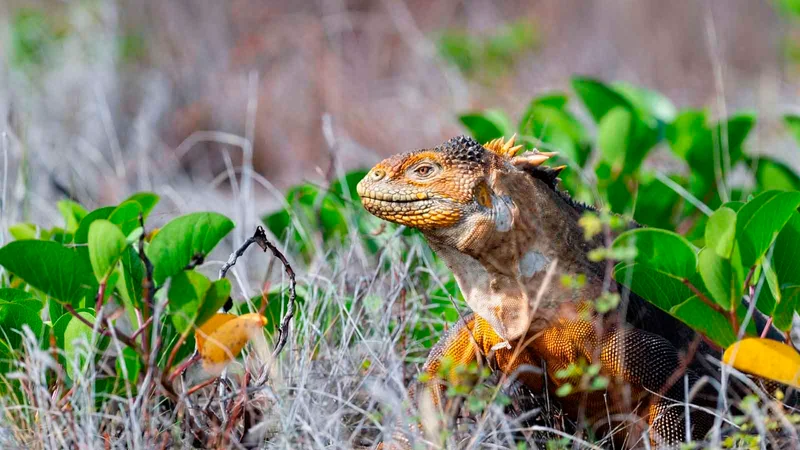
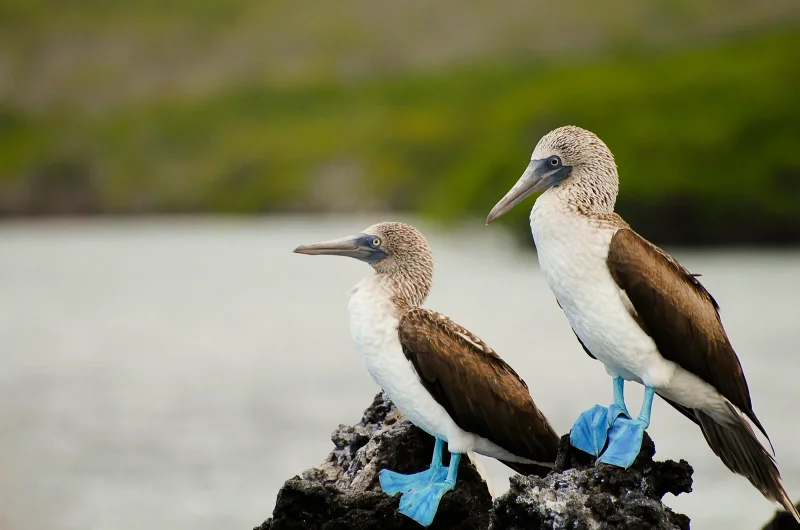
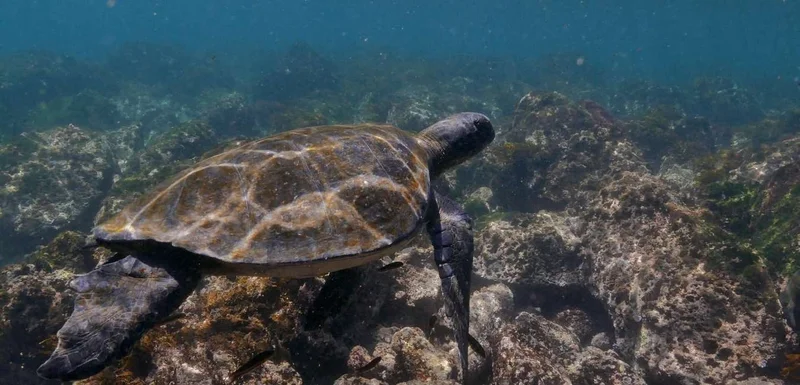
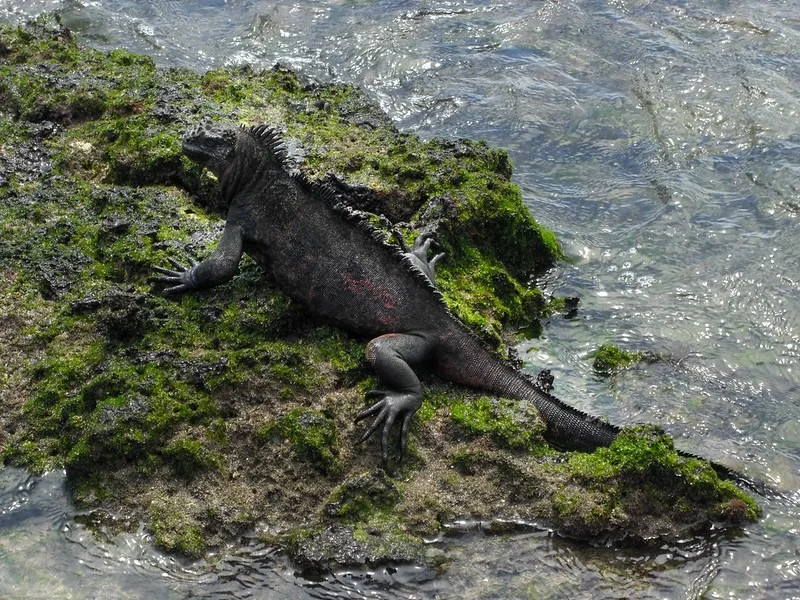
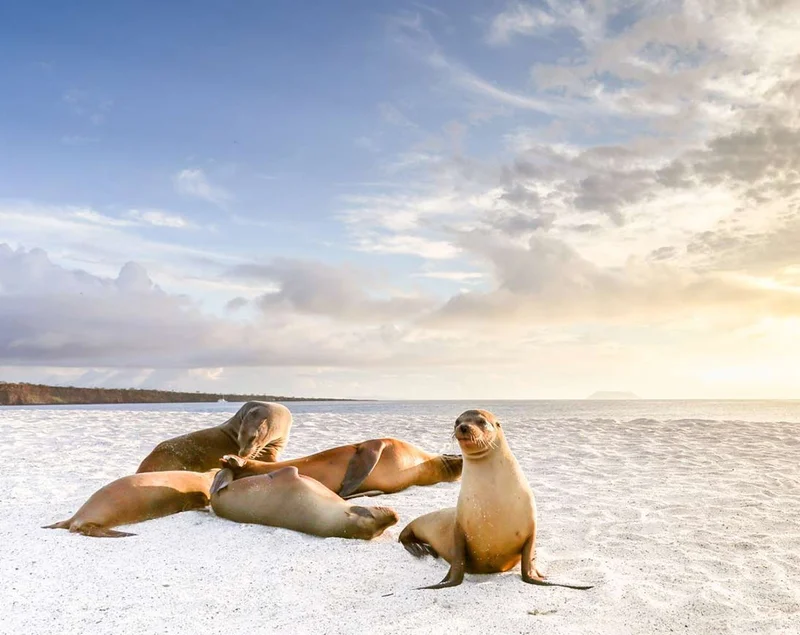
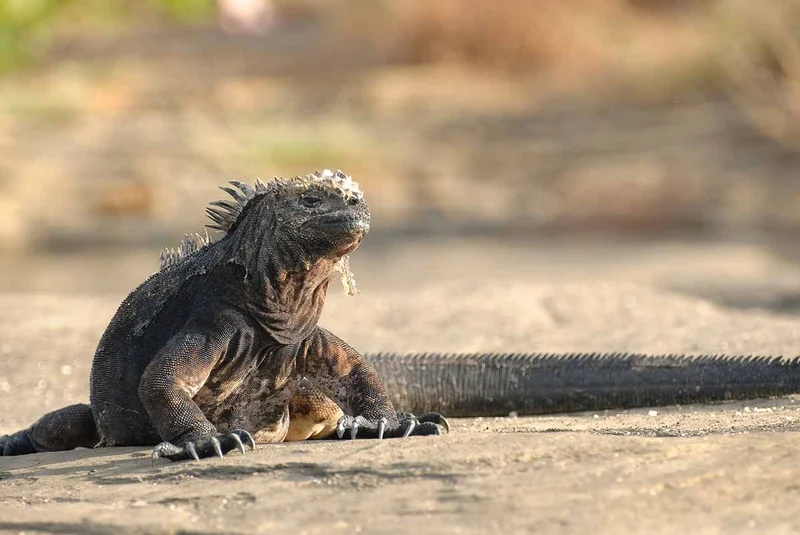



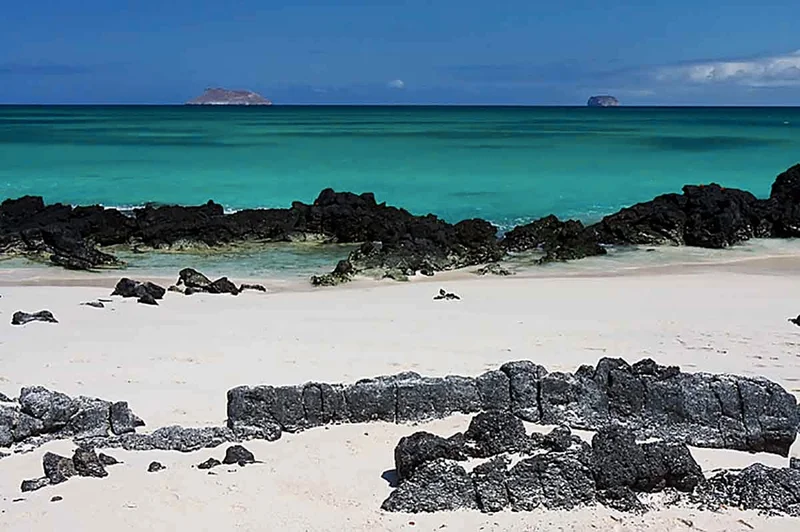
5 Day Galapagos Itinerary Includes
- Breakfast, Lunch and Dinner are on tour.
- Naturalist Bilingual Guide (English-Spanish).
- All the site detailed on the program (may chance due to force majeure)
- Snacks after visiting every site.
- Unlimited drinking water, tea & coffee.
- Airport-Dock, Airport-Itabaca Shuttle Service and vice versa (included only during operational dates).
5 Day Galapagos Itinerary Does not Include
- Airfare to and from Galapagos
- Galapagos National Park Entrance Fee USD 200, per person
- Snorkeling Equipment 5 Days: USD $25, per person – 8 Days: USD $35, per person
- Tips, Souvenirs or other expenses.
5 Day Galapagos Itinerary Highlights
- Explore Vicente Roca Point and Espinoza Point for penguins, sea turtles, and marine iguanas.
- Visit Urbina Bay for land iguanas and Tagus Cove for historical graffiti and scenic hiking.
- Discover Egas Port and Sombrero Chino for unique lava formations and snorkeling.
Itinerary Map

Reviews
Animals you might see on this itinerary:
More information about the Galapagos Islands you visit in this 5 day itinerary:
Itinerary B - Fragata Yacht
Why travel with us?
Similar Itineraries

